21 Incredibly Fascinating Things I Learned This Week That Sent Me Down Several Rabbit Holes
- Oops!Something went wrong.Please try again later.
- Oops!Something went wrong.Please try again later.
- Oops!Something went wrong.Please try again later.
- Oops!Something went wrong.Please try again later.
1.Elephant seals have a shocking similarity with humans who are heavy smokers. Both seals and frequent smokers have high levels of carbon monoxide in their blood. Scientists think that the elevated carbon monoxide levels come from holding their breath while diving deep into the ocean.
PBS / Via giphy.com
2.Remember the scene in Clueless when Cher refuses to get on the ground while being robbed at gunpoint because she doesn't want to ruin her designer dress? The scene and the classic line "You don't understand. This is an Alaïa!" were inspired by a true story. Writer-director Amy Heckerling told Interview magazine that she was at dinner with a group of agents who were talking about their colleague whose wife made him start wearing designer suits.
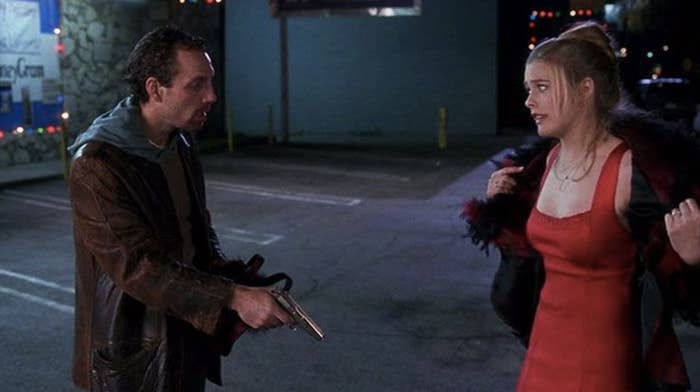
"He had all these Armani suits. He wasn’t the kind of guy that felt comfortable in any of this, and he just knew that this was what he was doing because she wanted it and insisted on it," she said. "Suddenly he had to go out wearing this stuff, and he got held up, and the mugger said, 'Get on the ground!' He said, 'But this is Armani!' It wasn’t like he loves Armani — it was more like he was more afraid of his wife than a guy with a gun." Heckerling thought the story was so funny that she decided to write her own version into the movie.

3.While I can't say I've ever felt the need to top a piece of apple pie with a slice of cheese, in some places, it's a traditional way to enjoy the dessert. In 1999, a law was put on the books in Vermont requiring bakers to make "a good faith effort" to "serve it with ice cream, cold milk, or a slice of cheddar cheese weighing a minimum of 1/2 ounce."

4.Starting in 1880, US presidents had the use of numerous presidential boats. The longest-running boat was the USS Sequoia, which set sail in 1933 and was known as the "floating White House." The US government purchased the Sequoia from a Texas oil tycoon. Before becoming the presidential yacht, the boat was used as a decoy ship to catch rum runners in the Mississippi River during Prohibition. In 1933, the boat was officially commissioned by the Navy and was first used for a fishing trip by President Herbert Hoover, who was criticized for using such a luxurious boat while the country was in the middle of the Great Depression.

From then on, every president used the boat and made special accommodations to suit his needs. Franklin Delano Roosevelt installed an elevator on board, while Harry Truman added a piano. John F. Kennedy added a king-size bed to the boat, and some even suspected that Marilyn Monroe was a guest on board. When Lyndon B. Johnson took office, he took out the elevator and added a bar in its place. Richard Nixon was the president who used the boat most frequently, clocking in 88 trips during his time in office. In fact, he even announced his plans to resign the presidency to his family on the Sequoia. When Jimmy Carter took office in 1977, he learned that the boat cost $880,000 a year to maintain and staff. Carter ran on a campaign that promised to eliminate unnecessary luxuries of the presidency, and auctioned off the boat for $236,000.
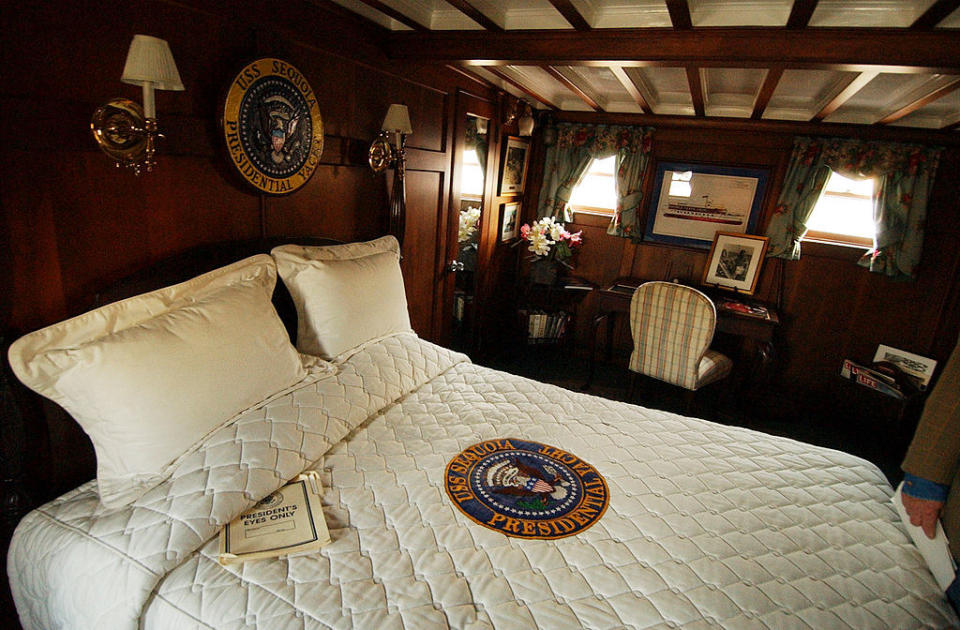
Throughout the 1980s, the boat was rented out often, commanding fees of more than $10,000 a day because of its presidential history. Despite the fact that there was a demand for the Sequoia, the boat needed constant maintenance and repairs. In 2000, Gary Silversmith, an attorney, purchased the boat. Silversmith could not afford the repairs and borrowed $5 million from an Indian group called FE Partners to fix the boat, which had fallen into disarray and reportedly had a colony of raccoons living on board. After he failed to pay back the loan, FE Partners wanted to purchase the yacht from Silversmith, who sued. In 2016, FE Partners won the case and was granted the right to purchase the yacht for $0. FE Partners said they are committed to restoring the yacht.
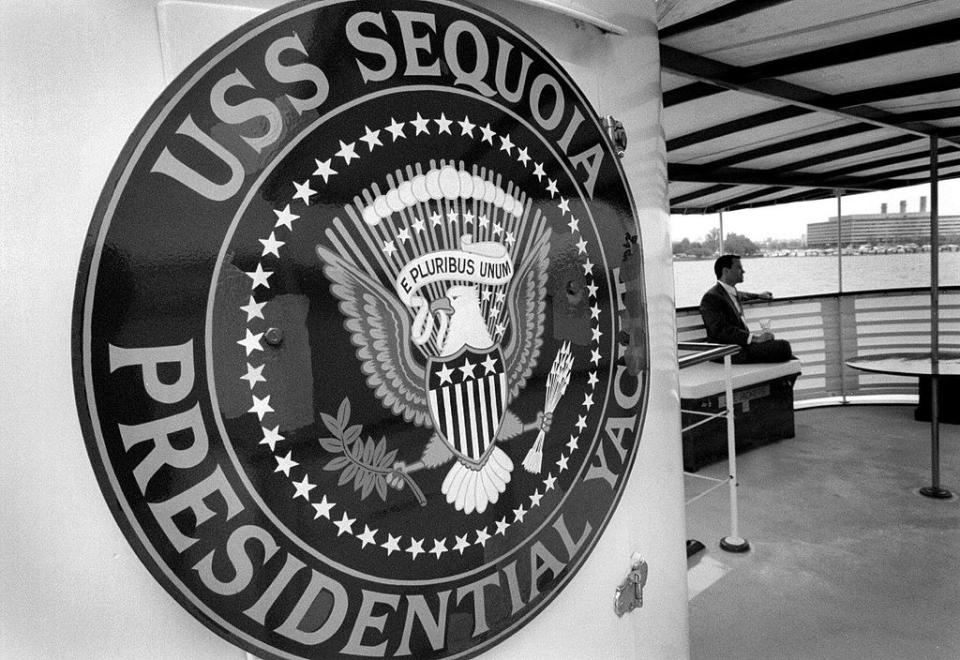
5.As a big brunch fan myself, I was curious about how the best meal of the week was created. Turns out, the word "brunch" first appeared in Hunter's Weekly in 1895, according to Smithsonian magazine, and was described as being a meal "that's cheerful, sociable and inciting." Brunch became an even bigger deal following World War II. Many women entered the workforce for the first time during the war, and saw Sunday brunch as an opportunity to get out of the house and enjoy themselves ahead of the upcoming workweek.
Universal / Via giphy.com
6.Although blue is now regarded as the most popular color, historian Michel Pastoureau said it was originally seen as a marker of the working class and rarely appeared in ancient art or clothing. In the 12th century, people began to associate the color blue with the Virgin Mary because her cloak was often depicted as blue. Through the association with the Virgin Mary, people began to see the color in a new light and started using it in other religious imagery.
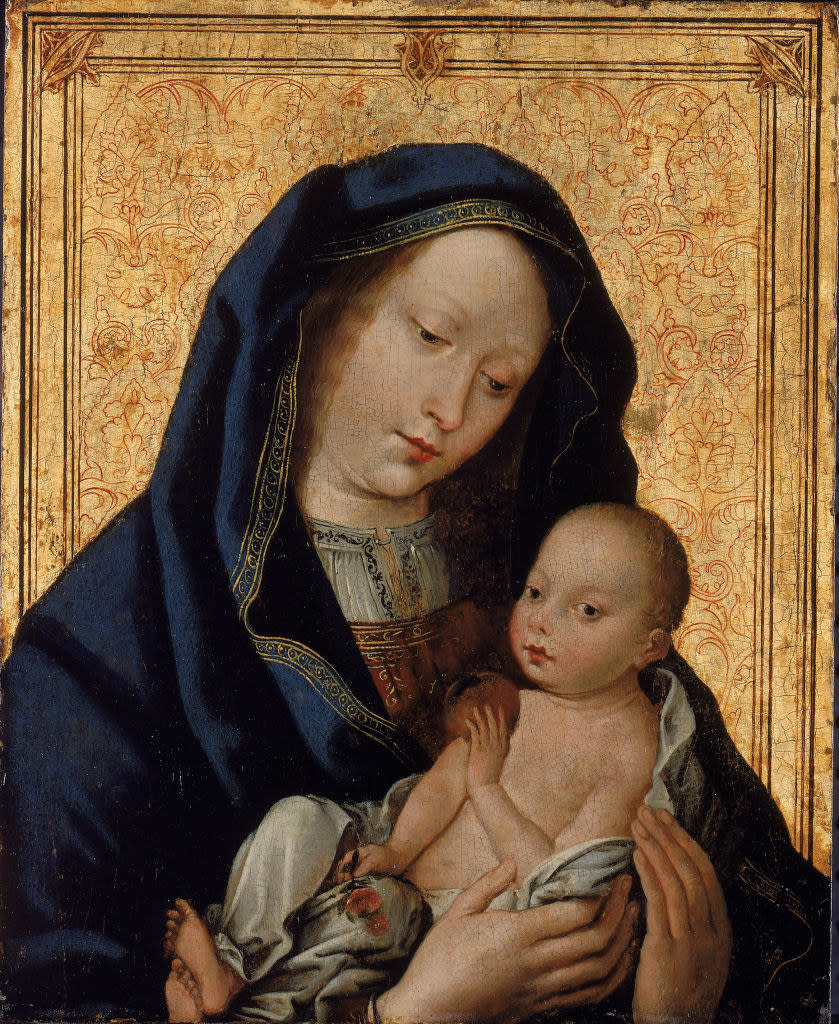
7.In 1917, the British royal family renounced all of their ties to Germany and decided to change their name to "Windsor." Prior to this, the royals didn't have a public last name, although the British National Archives said they used "Wettin" as their formal name. Before landing on Windsor, names like "Tudor-Stewart," "Plantagenet," "York," "Lancaster," "D’Este," "Fitzroy," and even "England" were considered.

8.The Rolling Stones song "Sympathy for the Devil" was written from the perspective of Satan. The song's lyrics discuss events like the life and death of Jesus Christ, the Russian Revolution, World War II, and the assassination of John F. Kennedy. The song originally included the line, "I shouted out 'Who killed Kennedy?'" While they were recording the track in 1968, Robert Kennedy was assassinated. As a result, the band changed the original Kennedy reference to "Who killed the Kennedys?"
The song also added to the speculation that the Rolling Stones were involved with the occult. The band had already released an album called Their Satanic Majesties Request. The album was supposed to compete with the Beatles' Sgt. Pepper’s Lonely Hearts Club Band, which featured psychedelic rock. The Stones originally wanted the album art to feature a photo of Mick Jagger naked and nailed to a cross, but their label nixed the idea. Of course, both Jagger and Keith Richards added fuel to the fire, with Jagger ripping off his shirt to reveal a Lucifer tattoo during a TV special, and Richards telling Rolling Stone magazine that he believed "everybody should give Satan a try."
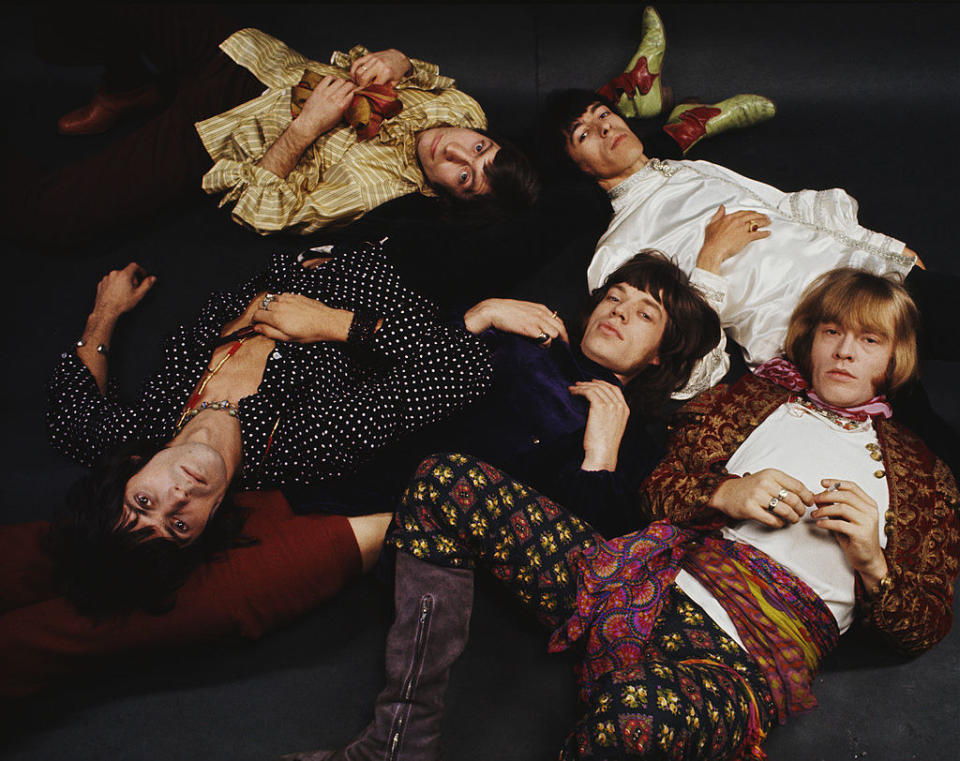
9.Before she starred on Mad Men, Christina Hendricks worked as a model and ended up on the movie poster for American Beauty, even though she wasn't even in the movie. "I had no idea what the film was. There were two models, myself and one other," Hendricks told Entertainment Weekly. "And we did different versions of her hand and her stomach, and my stomach and her hand, and my hand and both. My hand made it in and her stomach made it in." Hendricks kept the story secret for over 20 years before revealing it in a post on Instagram.

10.In the late 1800s, John Newell Hurty, a chief public health official in Indiana, started a crusade to lower disease rates in the state, which he believed were linked to dirty milk. He knew that many of the prevalent diseases like typhoid and dysentery were spread because of a lack of sanitation, and had begun to notice that the American dairy industry had a history of being "notoriously careless."
Gifsboom / Via giphy.com
He found that in addition to the carelessness surrounding production, US dairy producers had taken to mixing their milk with water, chalk, embalming fluid, and cow brains in order to boost the flavor and appearance of the milk and, in some cases, prevent it from going bad. By the 1890s, newspapers had begun to report on "embalmed milk" scandals. They linked hundreds of deaths to milk that had been tainted by formaldehyde, dirt, and bacteria.
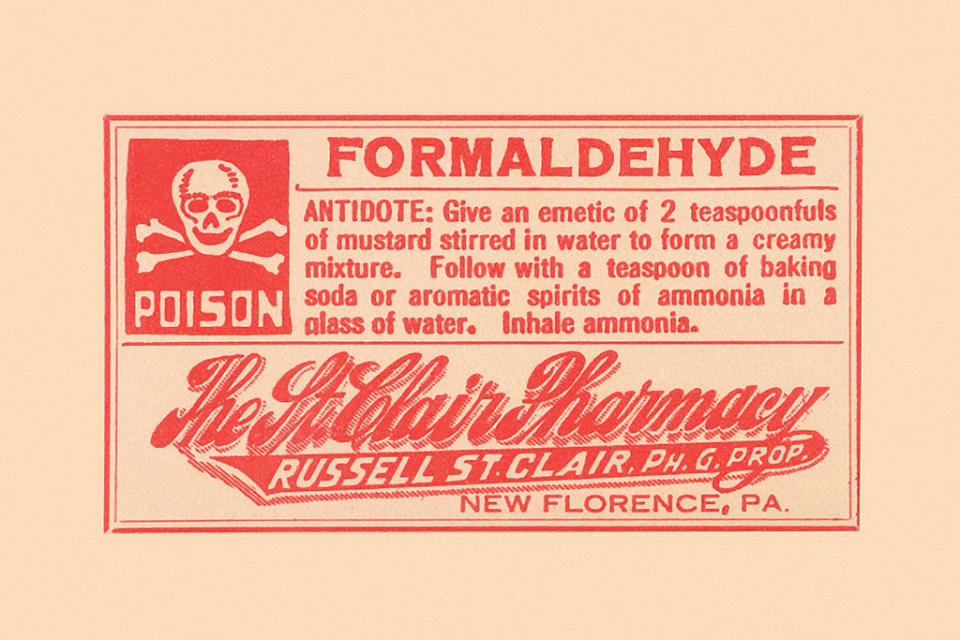
In 1899, Hurty's research helped get the Pure Food Law passed in Indiana. Despite the passage of the law, dairy producers continued to use formaldehyde in their products, and even began creating new mixtures that included the compound. As more deaths became linked to the use of formaldehyde, the state started prosecuting the dairy producers. Finally, in 1906, the federal Pure Food and Drug Act officially banned the use of formaldehyde in dairy products and paved the way for pasteurization to become a common practice.
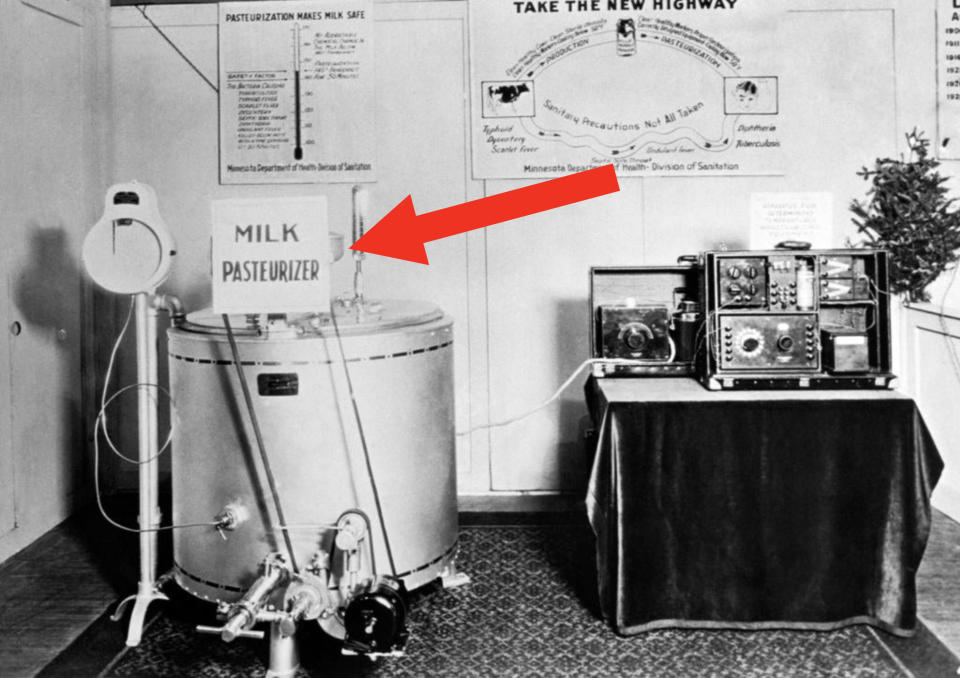
11.While you probably remember learning that butterflies feed on nectar, it turns out that they also have quite the wild diet. In addition to nectar, butterflies have been known to feed on mud, sweat, tears, urine, poop, and even rotting animal flesh. Butterflies actually get a ton of useful nutrients from each of these substances, as disgusting as they might be.
PBS / Via giphy.com
12.While casting the lead role in 1977's Superman, filmmakers were torn between casting an unknown actor who could make their role his own and going with a big name to draw in a huge audience. The filmmakers allegedly considered a massive range of celebrities. In addition to stars like Rocky actor Sylvester Stallone and bodybuilder Arnold Schwarzenegger, they considered traditional screen actors like Al Pacino and Dustin Hoffman. Soon, discussions about casting a totally unexpected actor were underway, with names like Elton John and Muhammad Ali thrown around.
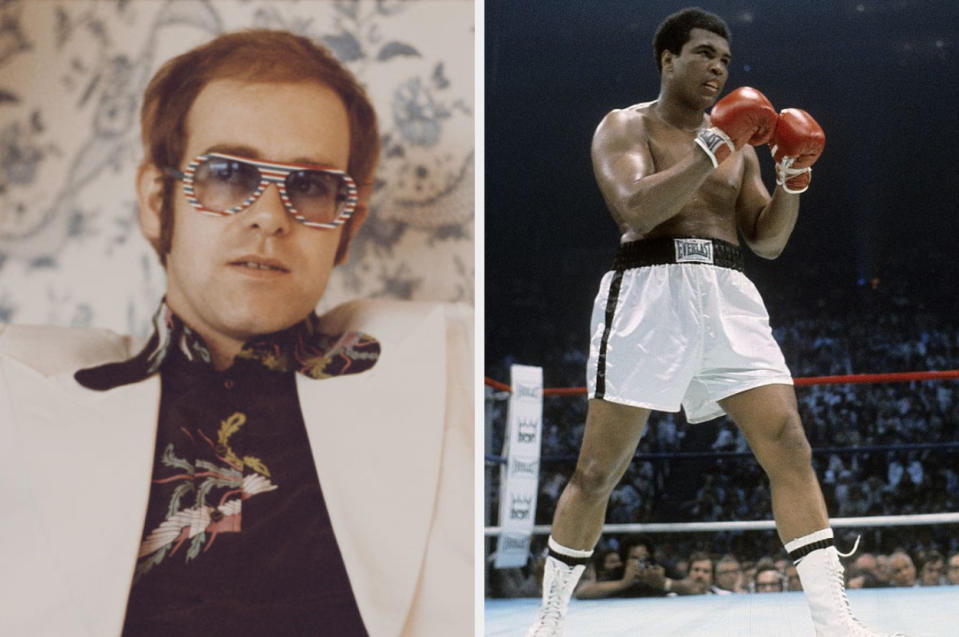
One filmmaker even reportedly asked his wife's dentist to take a screen test for the part. Eventually they decided to cast an unknown actor and settled on Christopher Reeve. Reeve, who was an experienced pilot, actually ended up saving the movie. During the initial test shoots, Superman's flying looked very unrealistic. Reeve used his knowledge of aerodynamics to turn his body as if he were really in flight, which filmmakers say saved the movie.
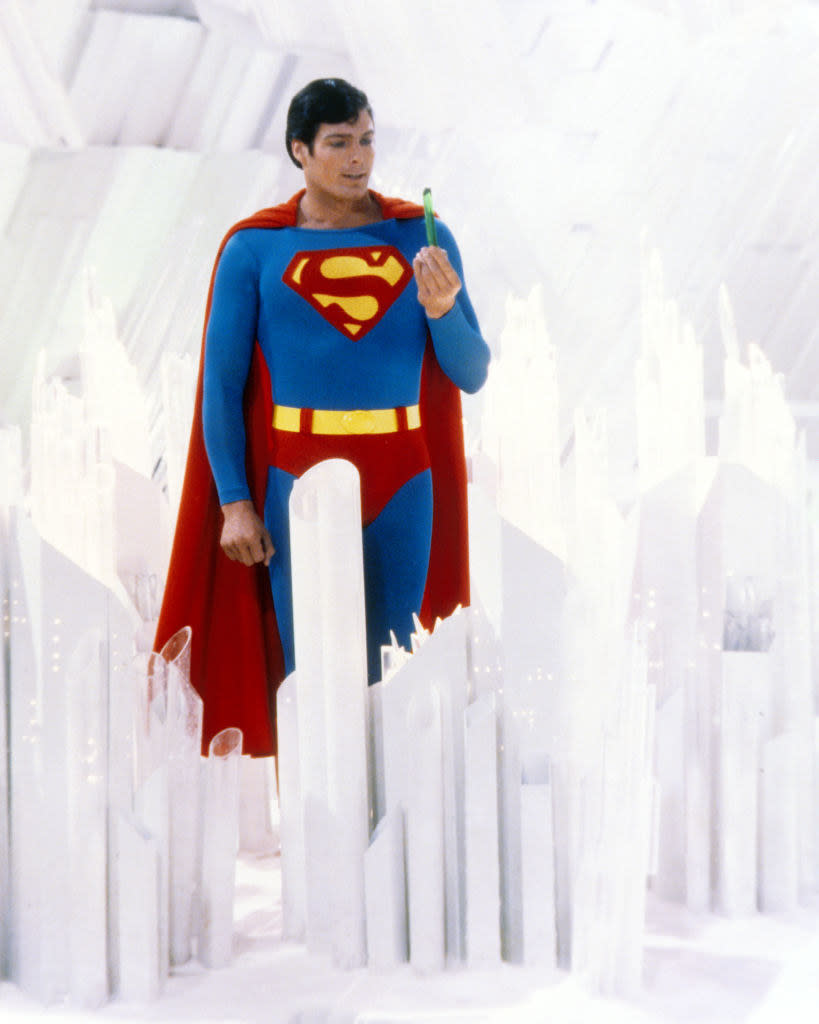
13.Since the 1980s, the cost of a slice of pizza has remained consistent with the price of a subway ride in New York City. The New York Times first reported on this "pizza principle," which remained intact for nearly four decades. In 2022, however, the average price of a slice of pizza in NYC jumped to $3.14, while a subway ride costs only $2.75.
NBC / Via giphy.com
14.Janet Frame was an author from New Zealand. As a young girl, she experienced a feeling of alienation and depression following the drowning of her two younger sisters. As a result, Frame had an emotional breakdown in 1945. Her doctors believed she was schizophrenic, and Frame spent years in and out of treatment. Although she had been misdiagnosed, she was scheduled to have a lobotomy in 1952. While in the hospital, Frame wrote extensively and published her first novel shortly before the lobotomy was scheduled. Much to the doctors' surprise, the book won New Zealand's only literary award.
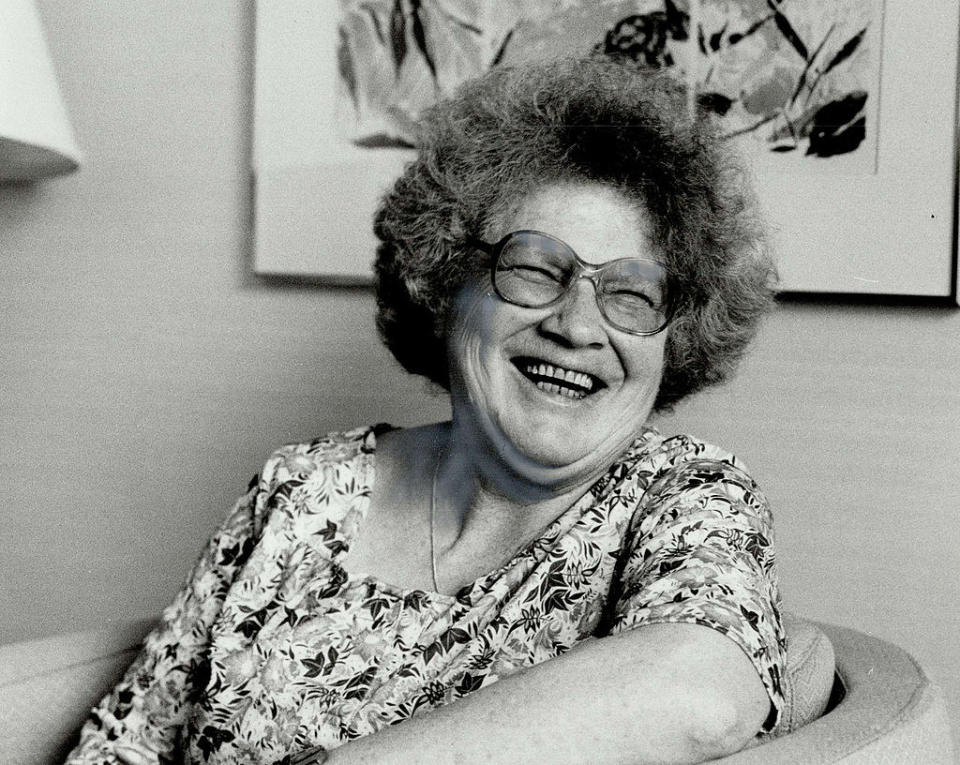
As a result, the hospital decided to cancel Frame's lobotomy, although she remained in the hospital for several more years. By 1955, she had been released and continued writing. Her experience in hospitals informed a lot of her work, and she was praised for her "insights into the world of the insane." Frame never believed that she was schizophrenic. After landing in the hospital in Europe, Frame finally convinced doctors that she was not schizophrenic, and returned to New Zealand with a letter proving that she was not suffering from mental illness, as a rebuttal to the critics who said her work was the result of her being a "mad woman."
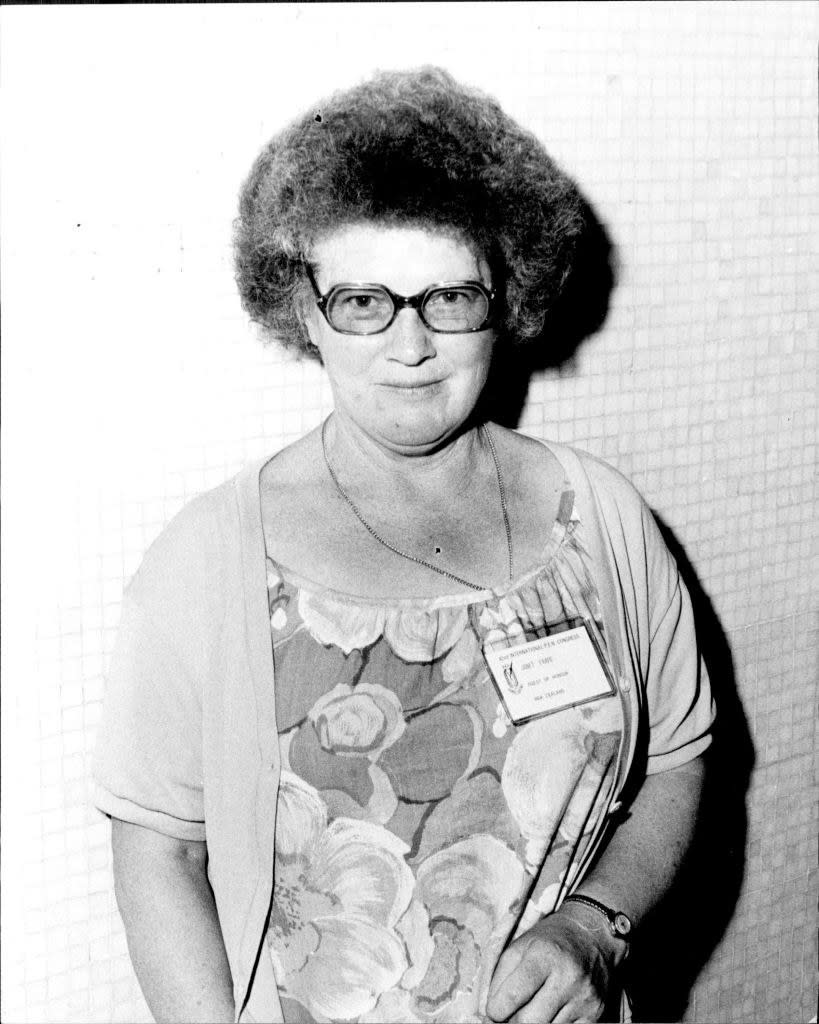
15.Portland, Oregon, almost had a very different name! Asa Lovejoy, who was from Boston, and Francis Pettygrove, who was from Portland, Maine, owned a portion of land in Oregon in the 1800s. They couldn't decide on a name, and decided that a coin toss would reveal whose hometown they would name their land after. The men allegedly decided that a best two-out-of-three was the only fair approach, with Pettygrove and Portland winning out. The coin that was used for the toss is on display in the Oregon Historical Society Museum.
IFC / Via giphy.com
16.The late 1980s marked the rise in educational computer games, with one of the most successful being Where in the World Is Carmen Sandiego? In the game, players worked as a detective chasing Carmen around the world as she and her cohorts tried to steal landmarks and monuments from all over the globe. Programmer Dane Bigham began working on the game in 1983. His boss, Gary Carlston, told Bigham he should consider including a copy of The World Almanac and Book of Facts in each game. Carlston had been fascinated with geography as a child and thought that including the almanac and giving the game a geographic spin would set it apart from the competition.
Fox / Via giphy.com
Where in the World Is Carmen Sandiego? was released in 1985 and was one of the first graphics-based games. The inclusion of the almanac made the game accessible to younger players, who could look up the answers to some of the geographic questions that the game posed. The game was a massive hit and spawned several spinoffs, one of which was a game show that aired on PBS and featured middle school students answering questions about geography. PBS was inspired to create the show after reading a National Geographic study that claimed 1 in 4 Americans couldn't locate the Pacific Ocean on a map. In 2019, Netflix debuted a reboot of the animated series that ran for four seasons.

17.Bacon was a longtime staple of space travel. In the early Gemini missions, it was reportedly always on the menu. During the first trip to the moon, the astronauts celebrated the landing with a meal consisting of "bacon squares, peaches, sugar cookie cubes, pineapple grapefruit drink and coffee." Bacon remained on NASA's menu until 2002, when it was replaced with a freeze-dried sausage patty.
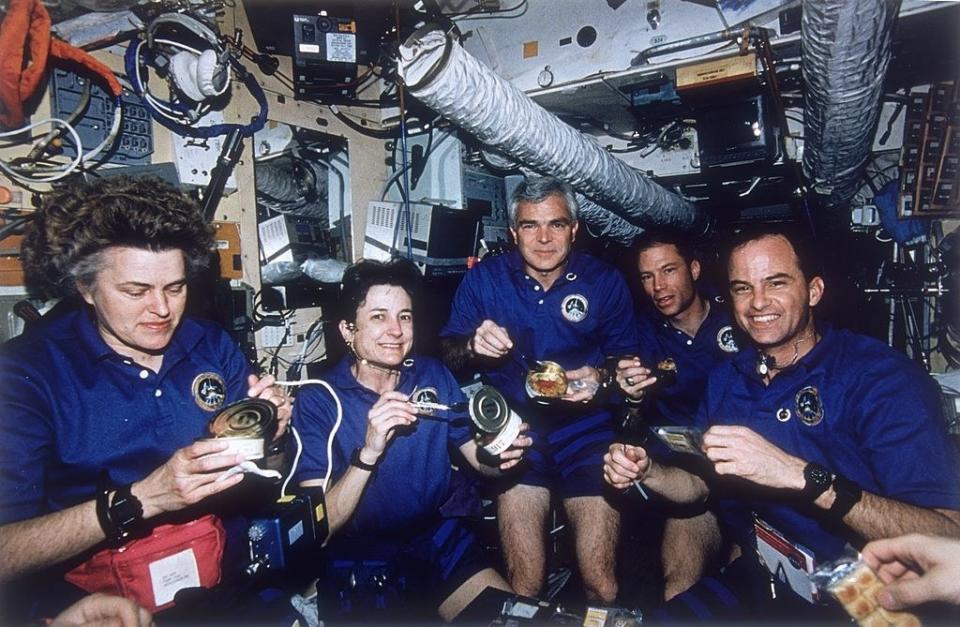
18.During the Chernobyl nuclear disaster in 1986, families were forced to evacuate the area, with many making the hard decision to leave their beloved pets behind. While Soviet soldiers shot many of the remaining animals to reduce the spread of contamination after the meltdown, it is believed that some pets were able to hide. As a result, there are now more than 900 feral dogs within the Chernobyl Exclusion Zone — a 1,000-square-mile patch of land in Ukraine — that are believed to be descendants of the animals that were left behind.
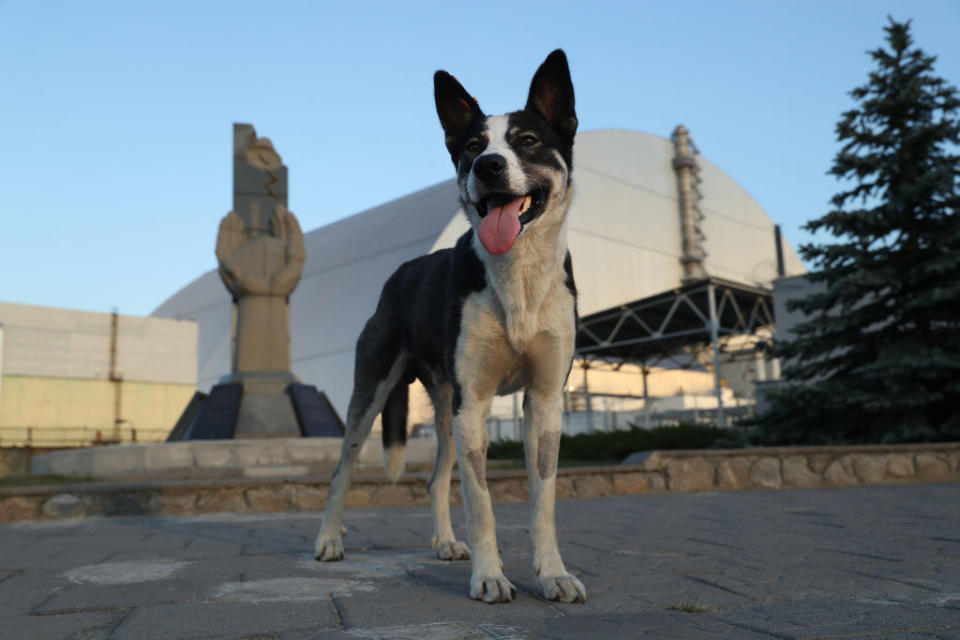
Visitors to Chernobyl have been warned not to pet the dogs, because it is believed that there are radioactive particles in their fur. Guards at Chernobyl care for the dogs, which often accompany them throughout the day. Some of the guards even refer to the dogs as their "assistants." One guard told the BBC that having the dogs around brings joy to a desolate place. "For me personally, this is a kind of symbol of the continuation of life in this radioactive, postapocalyptic world," he said.
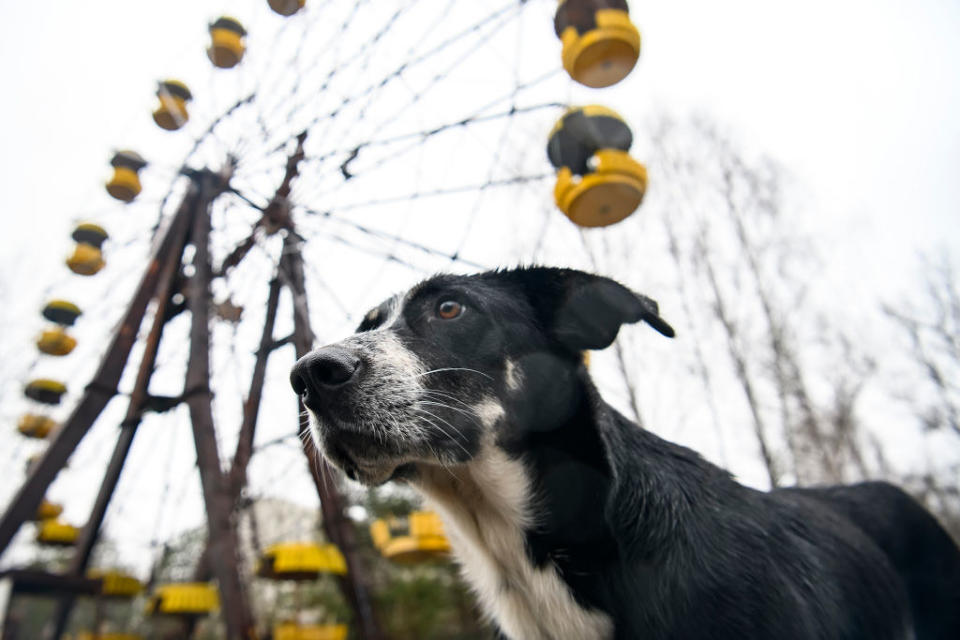
19.When Christopher Walken was 16 years old, he spent a summer working as a lion tamer. In an interview with the Guardian, Walken recalled working with a lion named Sheba. "I would come into the cage and wave my whip, and she’d lazily get up and sit like a dog and maybe give a little roar," he said. "I like cats a lot. I’ve always liked cats. They’re great company."

20.While selling your farts in a jar has now become a moneymaking scheme, back in the days of the Great Plague of London, farting in a jar was a lifesaving measure. In 1655, doctors believed that the plague was a deadly air vapor that was caught by breathing in the atmosphere. They reasoned that if people smelled something equally potent after being exposed to the plague, then it might lessen their chances of actually getting sick. People began farting in jars and keeping them at the ready to smell, although it was most likely just a placebo effect.
Universal / Via giphy.com
21.And finally, Rigoberta Menchú is a Guatemalan human rights activist who won a Nobel Prize for her work defending Indigenous rights in her country. Menchú was raised Kʼicheʼ, which is a branch of the Mayan people. As a child, she worked on the family's farm before becoming interested in social issues through the Catholic Church. While Menchú was becoming a key player in the fight for women's rights, a guerrilla organization established itself in her town. Her family was soon accused of taking part in guerrilla activities, and her father was jailed. Upon his release, he joined the Committee of the Peasant Union, known as CUC. Menchú followed in his footsteps and joined in 1979.

Shortly after she joined the CUC, Menchú's brother, father, and mother were all killed, likely because of their political involvement. This prompted Menchú to get even more involved in human rights work. In 1980, she organized strikes for better conditions for farmworkers, protested in the country's capital, and worked on educating peasant populations on their rights. By 1981, she had been forced into hiding because of her work and fled to Mexico, where she still advocated from afar. She helped found the United Representation of the Guatemalan Opposition to fight against oppression. In 1992, Menchú was awarded the Nobel Peace Prize for her work.


